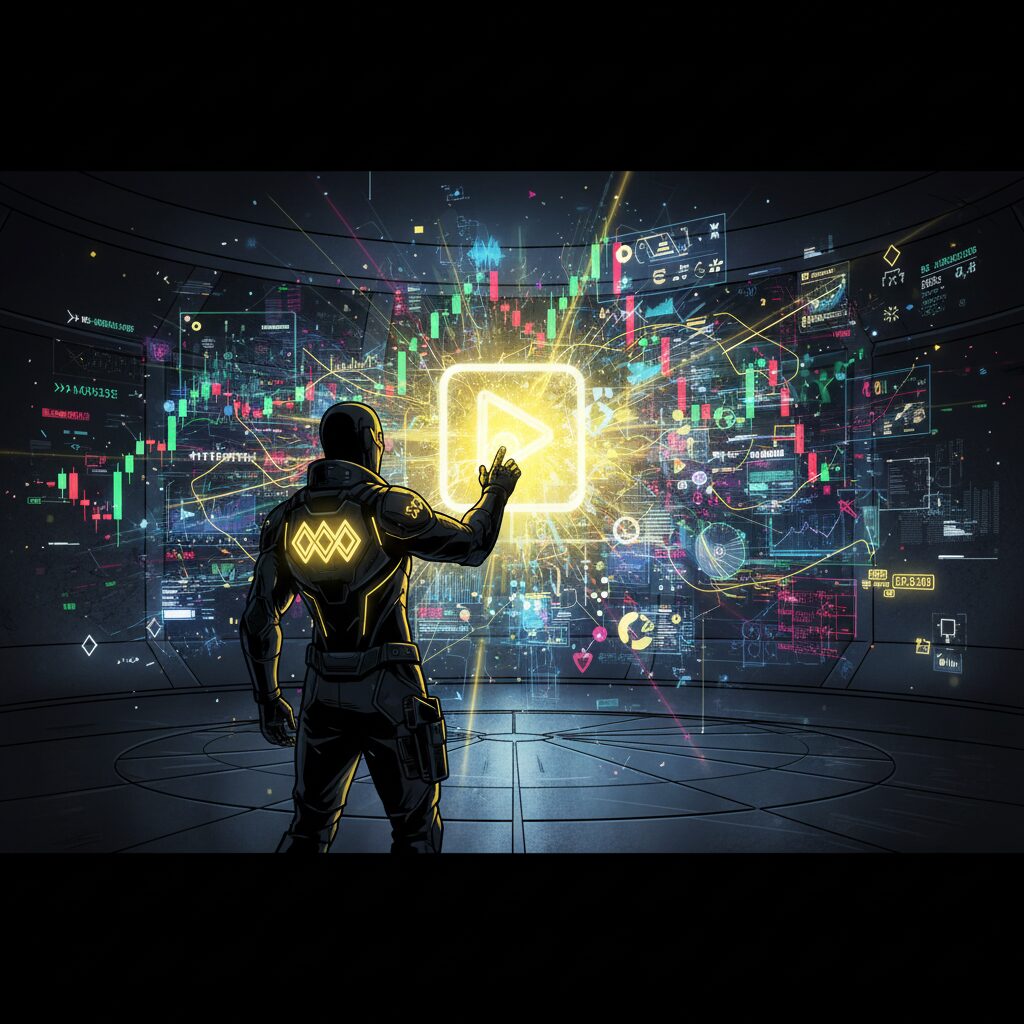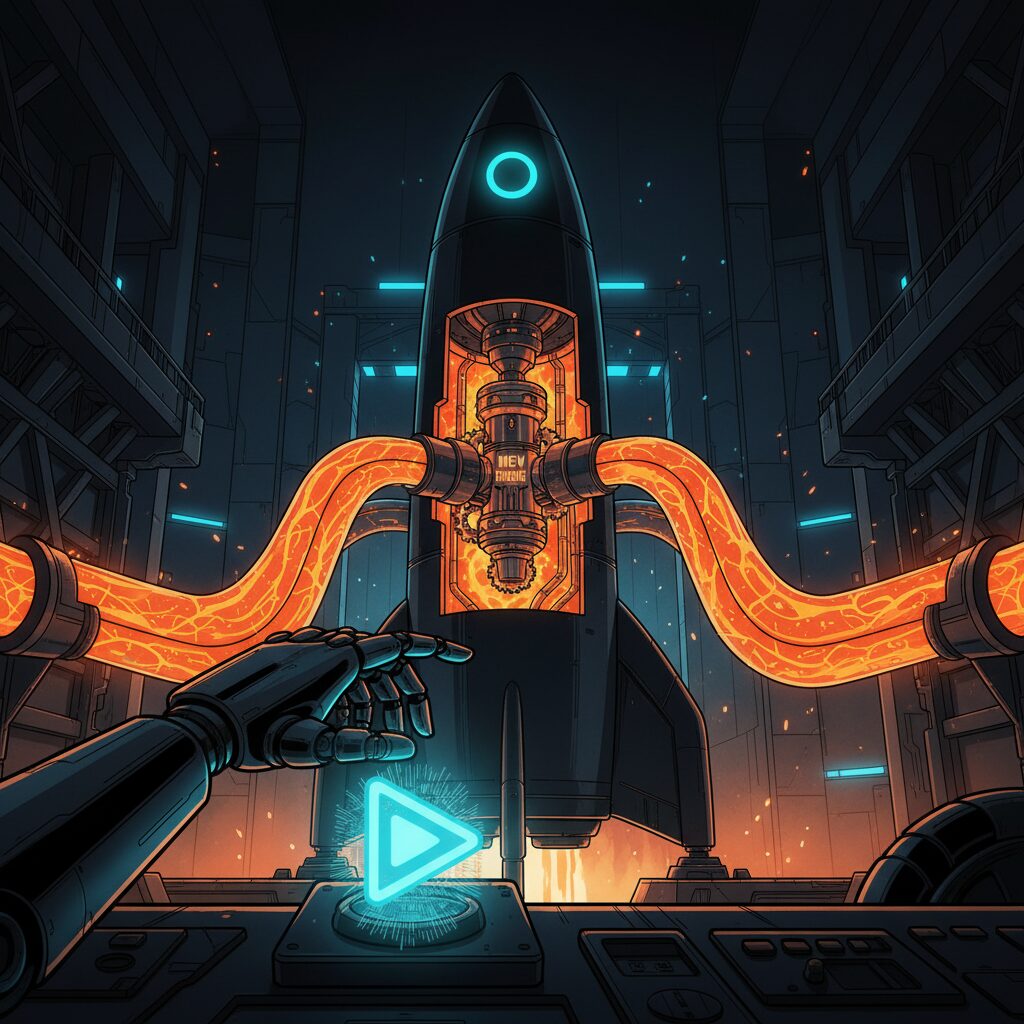Code Neutrality: The New Bedrock for Blockchain’s Future

Beyond Interoperability
The conversation in global finance has fundamentally shifted. At recent gatherings like the Sibos conference in Frankfurt, the debate is no longer about whether digital assets have a place at the table—they do. The focus now is on how established banks, networks, and platforms can integrate with a world where blockchain is a core building block of the economy.
This evolution presents a pressing challenge for the blockchain industry. Simply connecting disparate systems isn’t enough to be called innovation. For years, the industry’s rallying cry was interoperability, the mission to make different blockchains communicate. While that goal remains important, a deeper issue has emerged: who gets to write the rules these systems run on?
Decentralization has always been blockchain’s core promise, but it’s often measured by narrow metrics like validator counts or the number of nodes. These figures, while useful, don’t tell the whole story. A network can appear distributed on the surface yet remain vulnerable at its core. True decentralization must extend to the code itself, leading to a new principle: code neutrality.
Code neutrality is the idea that no single company or group of investors should be able to unilaterally control or alter a protocol’s rules. Without this safeguard, decentralization is merely cosmetic. The standards defining the blockchain must remain open and transparent, ensuring its foundation isn’t owned by a single entity.
Why Neutrality Matters for Survival
History shows that projects tied to a single company or founder rarely stand the test of time. Leadership changes, business strategies pivot, and governments apply pressure. When that happens, systems built on centralized code can collapse almost overnight. Neutral code, in contrast, is designed to outlast its creators. It can be maintained and improved by a diverse community of participants, which eliminates dependence on any single point of failure.
This isn’t a theoretical concern. Proprietary systems that once seemed dominant, from software platforms to closed communication networks, have consistently been overtaken by open alternatives. Neutral protocols like TCP/IP, the foundation of the internet, have endured for decades precisely because they are a shared resource, growing stronger as more people adopt and contribute to them.
Trust is Built on Transparency
Finance runs on trust. Institutions won’t place their confidence—or their capital—in black boxes, especially when those systems manage assets and governance. Global networks like SWIFT are trusted not because of a brand name but because their rules are collectively defined and universally verifiable.
For a bank or asset manager, the fear of being locked into a proprietary system is very real. No institution wants to be stranded in an ecosystem where the rules could change without their consent. Code neutrality directly addresses this by guaranteeing portability and long-term security. It allows organizations to adopt blockchain technology with confidence, knowing their participation is future-proof.
A Lesson from the Internet’s Rise
The internet’s success was not an accident. It thrived because its foundational protocols were neutral and open. No single company owned TCP/IP, which meant anyone could build on it without asking for permission. This created the perfect conditions for decades of explosive, permissionless innovation.
The contrast with closed systems is sharp. AOL attempted to build a “walled garden” where access and rules were tightly controlled from the top. It grew quickly, but its model couldn’t compete with the boundless potential of the open web. When given a choice, users and developers overwhelmingly chose neutrality. Blockchain networks now face the same decision. To support global finance at scale, they must adopt the same principle that powered the internet: neutral code that no one owns and everyone can trust.
The New Standard for a Mature Industry
A network with a single point of control is inherently fragile. A neutral system is resilient, spreading governance across many independent hands. This resilience isn’t just an ideological preference; it’s a practical requirement for any system intended to manage trillions of dollars in assets.
Regulators are also beginning to recognize this distinction. In the United States, the proposed CLARITY Act introduced a framework for defining a “mature” blockchain, with its core test being whether a system avoids a single point of control. Code neutrality provides tangible proof of this maturity, demonstrating that no single entity controls the protocol. This is the evidence that regulators, institutions, and users will increasingly demand.
If interoperability was about helping blockchains connect, code neutrality is about helping them last. It turns the promise of decentralization into a functional reality. The future of finance won’t be built on systems where one company owns the rules. It will be built on open, transparent, and collectively owned protocols. Code neutrality is how that vision becomes real.










